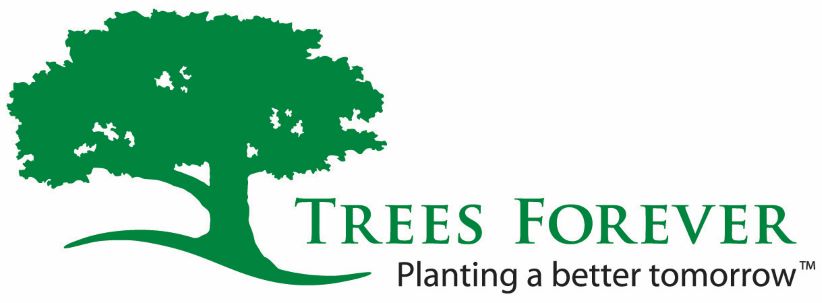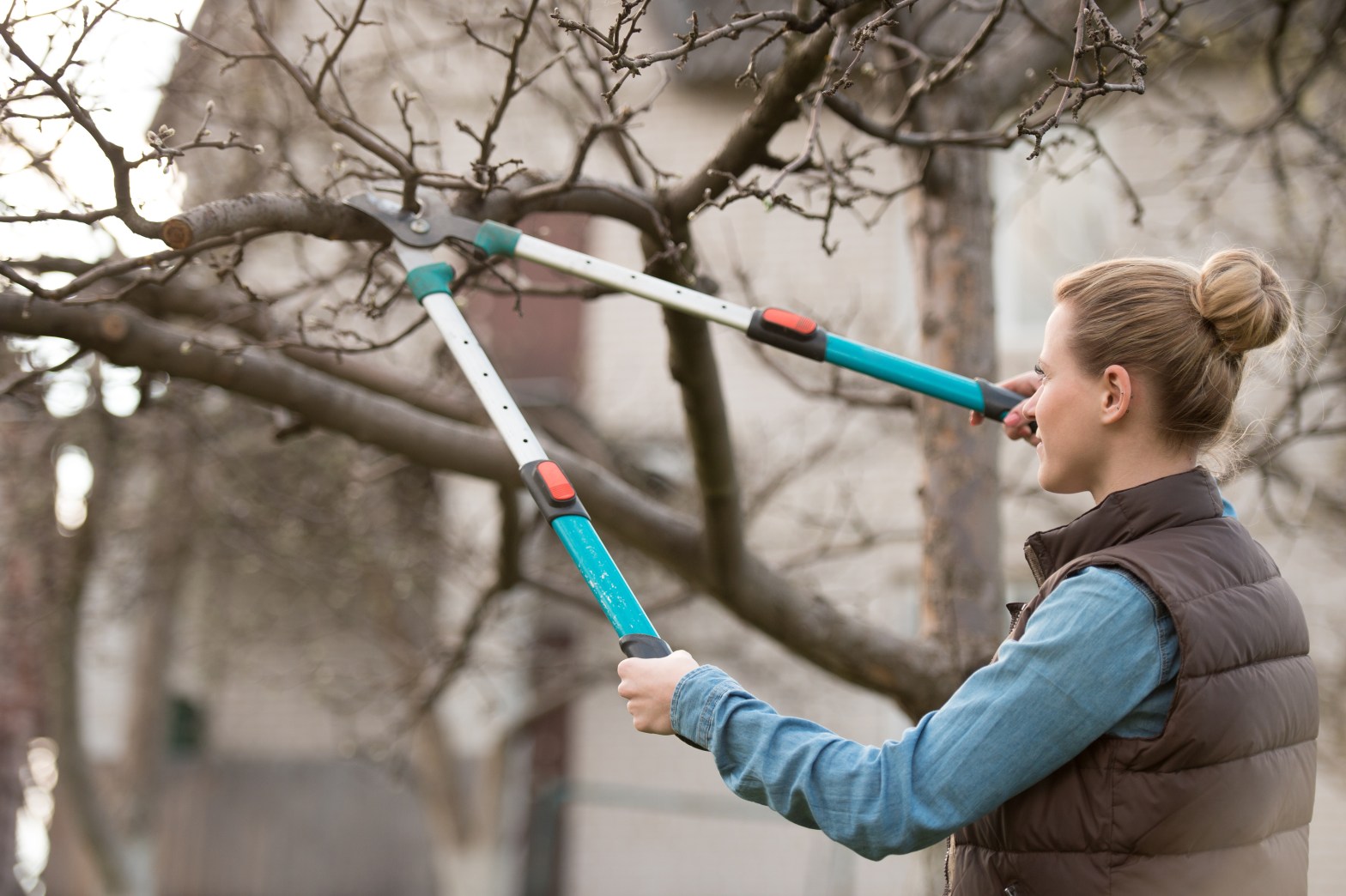Pruning Practices for Healthy Trees
Most trees, especially those in your yard or community, will require pruning and care for their entire life. However, giving special attention to trees in the first few years after planting is most important in determining their form and strength as a mature tree. Pruning is one of the most beneficial services you can provide to your tree.
Why Prune Trees
Pruning is done for several reasons:
Safety – Remove branches that might cause bodily injury or property damage if they fall. Also prune so that branches don’t block street or traffic signs or impede views.
Tree Health – Prune trees to remove diseased, dead, storm-damaged, and crossing or rubbing branches.
Form and Structure – Prune young trees to ensure a strong central leader, prevent codominant stems, and develop good branch structure. Prune trees to maintain their natural form and overall beauty.

When to Prune
The best time to prune is in winter between Thanksgiving and Valentine’s Day when trees are dormant and you can see the tree’s structure. The second-best time to prune is mid-summer, after leaf growth is completed. Dead or damaged branches may be removed any time of the year.
Oaks and elms should ONLY be pruned in the winter to reduce the chance of oak wilt or Dutch elm disease spread. If you must prune one of these species in the spring, summer, or fall, cover the wound with a latex paint. This is the only time painting a tree wound is recommended.
Never prune trees during spring budding or fall leaf drop. Trees are using energy to perform these processes and will be less able to respond to the pruning wound.
Conifers need little pruning, but if required, they can be pruned any time of the year

How to Prune
Prune branches when they are approximately the size of your thumb, or about one inch in diameter. A smaller pruning wound allows the tree to respond and seal the wound faster. In most cases, a pair of hand pruners can be used for branches of this size (right).

Locate the branch collar and the branch bark ridge before making any cut. Your pruning cut must be made outside of these two areas so that your tree seals the wound properly. (Fig. 1)

Use the three-cut method for branches larger than one inch in diameter (displayed left). A hand saw is recommended for these larger cuts.
1. The first cut is made on the underside of the branch, about six to twelve inches away from the branch collar. Cut about one-third of the way into the branch to prevent it from tearing during the second cut.
2. The second cut is made several inches outside of the first cut, cutting through the branch from top to bottom in order to remove the weight of the branch.
3. The third and final cut is made just outside of the branch collar. Disinfect your pruning tools between trees using rubbing alcohol or a 10% bleach solution.
What Not to Do
Do not remove more than 25% of the tree’s branches in one growing season.
Do not top trees. The tree responds by sending out a flush of new growth that is very weak in nature. It allows insect infestation, disease, and decay to occur and significantly shortens the life of the tree (right).
Do not flush cut. Flush cutting removes the branch bark ridge and the branch collar. This causes a wound that the tree can’t seal and can lead to future decay.


Do not leave a branch stub. A stub cut is similar to topping or tipping and can cause the tree to send out poorly-attached, weak shoots. It also delays the closure of the wound, which provides an entry point for diseases and insects.
Do not use pruning paint or tar. These substances prevent wound closure and increase the chance of tree decay.
Do not prune healthy branches of a newly planted tree. Wait one growing season before pruning to ensure enough branches and leaves remain to provide food and energy for the tree.
Pruning Tips
Always have a purpose in mind before making a cut. Each cut has the potential to change the growth and stability of the tree. Consider the following:
Remove the 3 D’s – dead, diseased, and damaged branches.
Remove sprouts and suckers coming from the roots, base, trunk, and branches.
Encourage a central leader by removing any co-dominant stems. The tree to the right has been pruned while young to ensure a single, straight stem growing up the middle.
Remove any crossing or rubbing branches.
Remove narrow V-shaped branch unions and encourage strong U-shaped branch unions.

Prune safely and stay away from utility lines! Contact your local utility company if a tree near power lines needs to be pruned.
Contact a professionally certified arborist if the job is too big or if you’re not confident in your pruning skills.
For More Information on Tree Care, Check out the Following Resources:
- Pruning Trees: Shade, Flowering, and Conifer by the Iowa Department of Natural Resources
- How to Prune Trees by the USDA Forest Service
- Pruning Landscape Trees by Iowa State University Extension & Outreach
- Yard and Garden: Pruning Trees by Iowa State University Extension & Outreach


It’s good to know that pruning your trees in the summer is a good time. My husband and I have a couple of trees on our property, and we haven’t had anything done to them since we moved in a couple of years ago, so I was wondering what services we should hire and when. We’ll have to look into hiring tree pruning services as soon as possible!